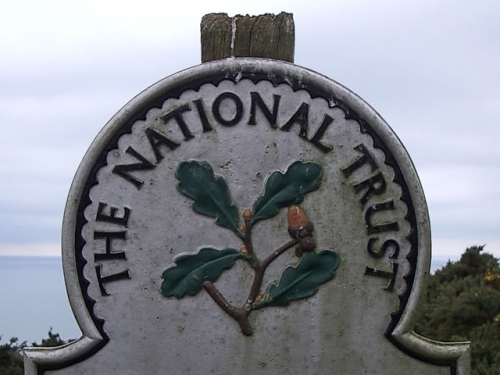 This research project conducted during 2011 is part of a portfolio of research conducted for the National Trust, the UK’s major conservation charity. The organisation is committed to the aims of widening the appeal of the properties and countryside under its management, as well as providing meaning and inspiration as part of this broad appeal. The measurement of enjoyment, linked to meaning and inspiration is therefore a critical measure in the success criteria of individual properties and the organisation as a whole.
This research project conducted during 2011 is part of a portfolio of research conducted for the National Trust, the UK’s major conservation charity. The organisation is committed to the aims of widening the appeal of the properties and countryside under its management, as well as providing meaning and inspiration as part of this broad appeal. The measurement of enjoyment, linked to meaning and inspiration is therefore a critical measure in the success criteria of individual properties and the organisation as a whole.
The aim of the research was to identify the ‘drivers’ or causes of enjoyment ratings; various approaches have been used to analyse the causal relationships in the data generated from a survey of 189 pay for entry properties and 11 countryside properties in England, Wales and Northern Ireland. The data used for analysis was collected in 2010 and a survey running in 2011 will be used to further test the current findings.
One approach to analysing the data has used structural equation modelling where causal relations between enjoyment and factor analysed (principal axis factored), independent variables are examined by comparing the results of a series of hypothetical models. Fifteen key drivers of the two main components of visitor enjoyment at National Trust properties, ‘Service & Relaxation’ and ‘Stimulation & Interest ‘ have been identified. A further 20 operational imperatives have been formulated which provide guidance for property managers to improve visitor enjoyment.
The research methodology draws upon previous research in the fields of psychology and applied statistics, specifically Batson, C.D., Shaw, L.L., Oleson, K.C., (1992) Emotion review of personality and social psychology, Bagozzi, R.P., & Yi, Y., (1988) On the evaluation of structural equation models, Szymanski, D.M. & Henard D.H. (2001) Customer satisfaction: A meta analysis of the empirical evidence and Ajzen, I., (1991) The theory of planned behaviour.











 Conversation article: London Marathon – how visually impaired people run
Conversation article: London Marathon – how visually impaired people run Horizon Europe News – December 2023
Horizon Europe News – December 2023